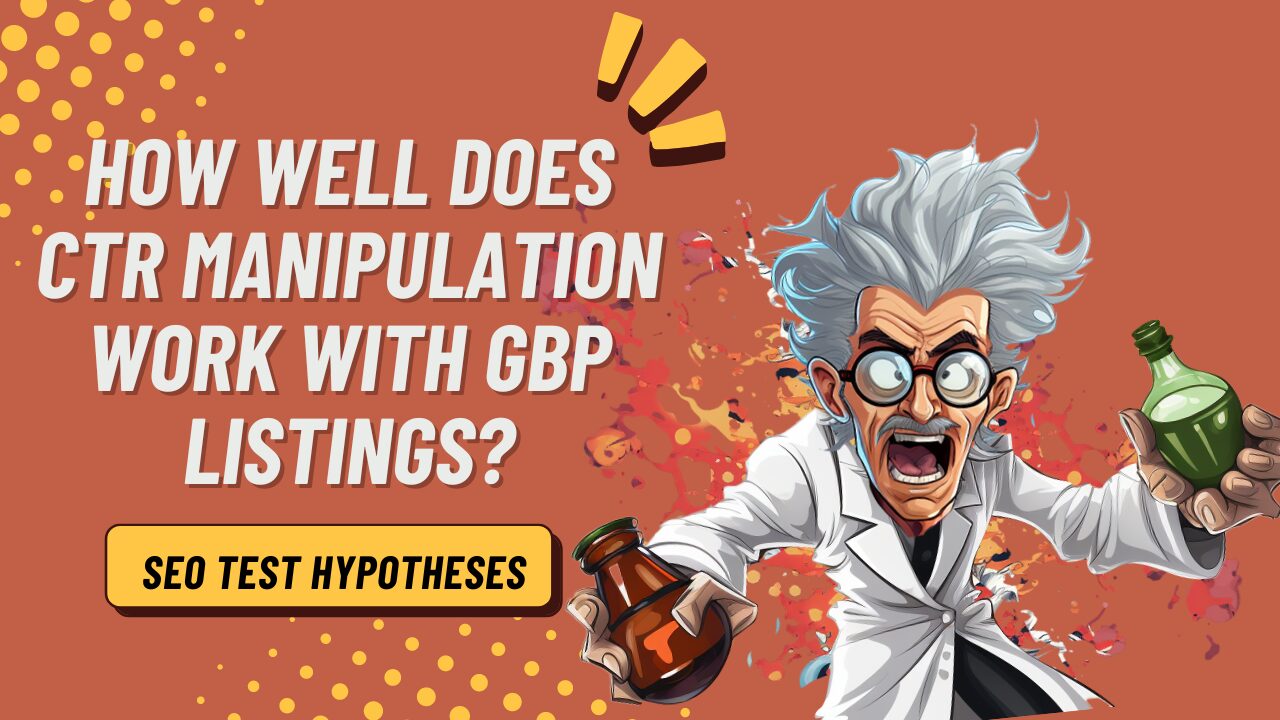Maximize Your Marketing Initiatives With Strategic CTR Adjustment
The idea of optimizing marketing efforts via critical click-through rate (CTR) adjustment offers a nuanced approach to enhancing audience involvement. By comprehending the psychological triggers that oblige individuals to click, as well as the significance of tailored web content and design, marketers can significantly boost their project results.
Comprehending Click-Through Fees
Click-through rate (CTR) works as a vital statistics in electronic advertising, representing the percentage of customers that click on a certain link out of the total that see a website or advertisement. This performance sign is necessary for examining the effectiveness of on the internet projects, as a greater CTR generally shows that the material reverberates well with the target audience.
Comprehending CTR includes analyzing various factors, consisting of the significance of the web content, the positioning of web links, and the general user experience. A well-crafted call-to-action (CTA) can significantly influence CTR, encouraging customers to engage additionally with the material provided - GMB CTR Manipulation. Additionally, the layout and looks of an advertisement or website play an essential duty in capturing interest and motivating clicks
Mental Triggers for Involvement
Engagement in digital marketing depends heavily on recognizing mental triggers that inspire users to interact with web content. Different psychological feedbacks and cognitive prejudices can dramatically influence user actions, bring about greater involvement rates and enhanced click-through prices (CTR)
One trick emotional trigger is the principle of scarcity. They are more likely to take immediate action when customers perceive that an offer is restricted in time or availability. In a similar way, social proof, such as reviews or user-generated content, can produce a feeling of trust fund and validation, triggering individuals to engage even more readily.
Another powerful trigger is the use of inquisitiveness. Stimulating a customer's rate of interest with interesting headings or visuals can force them to seek even more information. Furthermore, leveraging the concept of reciprocity-- providing beneficial material for user interaction-- can foster a feeling of responsibility to engage.
Sob stories additionally play a crucial role; content that evokes sensations of shock, joy, or anxiety can drive users to respond and connect. By successfully using these mental triggers, marketing experts can develop an engaging story that motivates individual involvement and maximizes their advertising initiatives.
Methods for CTR Manipulation
To enhance click-through rates (CTR) successfully, marketing experts can utilize a selection of strategies developed to catch individual interest and encourage interaction. One basic strategy is enhancing headlines and meta descriptions. Crafting compelling, benefit-driven titles that reverberate with the target market can significantly raise the chance of clicks.
In addition, making use of visuals such as images or videos can considerably boost involvement. Appealing graphics that relate to the content can develop a more powerful charm and draw customers in. Implementing A/B screening is another effective technique; by trying out different variations of ad copy, visuals, and call-to-action buttons, online marketers can determine which components generate the highest possible CTR.
Another efficient approach is integrating urgency and scarcity into advertising messages. Phrases like "restricted time offer" or "just a few left" can create a sense of necessity, triggering individuals to act rapidly. Personalization additionally plays a vital duty; customizing web content to meet the particular requirements and choices of your target market can promote a deeper connection, additional improving CTR.
Measuring and Assessing CTR Success
Examining and measuring CTR success involves a systematic technique to examine the performance of marketing approaches applied to boost user interactions. To achieve this, marketers should initially develop clear objectives and key efficiency signs (KPIs) pertaining to CTR. These KPIs might include overall click-through prices, conversion prices, and customer engagement metrics.
Data collection is an important action in this process. Using analytics devices, marketing experts can collect info on customer habits, including which components of a campaign are driving clicks and which are not. Segmenting the information by demographics, device types, or website traffic resources linked here enables for deeper understandings into particular target market preferences and interaction patterns.
When information is collected, complete evaluation must be conducted to recognize trends and relationships. Utilizing A/B testing can additionally improve this process by comparing various variations of ads or landing web pages to identify which does better. Additionally, analyzing the effect of exterior aspects, such as seasonality or market changes, provides context for CTR fluctuations.
Eventually, the goal is to derive workable insights that inform future advertising methods, making sure that efforts are consistently refined to make best use of individual involvement and conversion potential. GMB CTR Manipulation.
Best Practices for Optimization
Efficient optimization of click-through prices (CTR) calls for a critical method that integrates best practices customized to the particular goals of an advertising project. First, it is vital to craft engaging and appropriate advertisement duplicate that reverberates with the target audience. Making use of clear calls-to-action (CTAs) can substantially improve user involvement, prompting prospective clients to click.
This data-driven method allows online marketers to determine which aspects produce the greatest CTR, allowing constant her comment is here enhancement. Guaranteeing ads and landing pages are mobile-friendly can drastically enhance CTR.

Verdict

Comprehending CTR includes examining different aspects, consisting of the relevance of the material, the positioning of links, and the overall individual experience. A well-crafted call-to-action (CTA) can considerably influence CTR, encouraging customers to involve better with the material offered. By concentrating on enhancing CTR, marketers can refine their methods, making sure that their electronic advertising initiatives yield maximum engagement and drive preferred results.To enhance click-through prices (CTR) efficiently, online marketers can utilize a variety of techniques created to catch individual attention and motivate click to read interaction (CTR Manipulation Service).Examining and gauging CTR success entails a systematic technique to review the performance of advertising and marketing strategies carried out to increase user communications